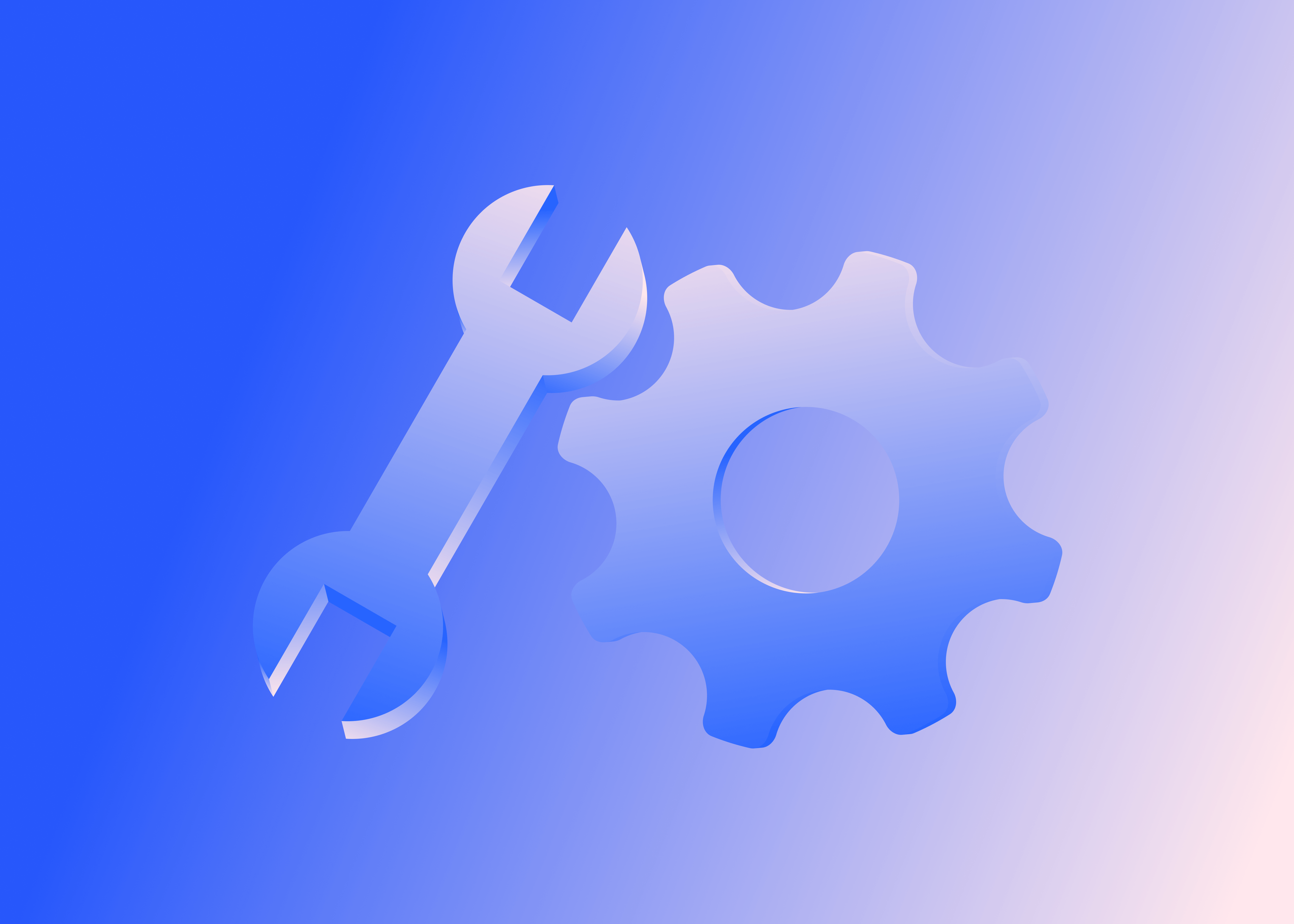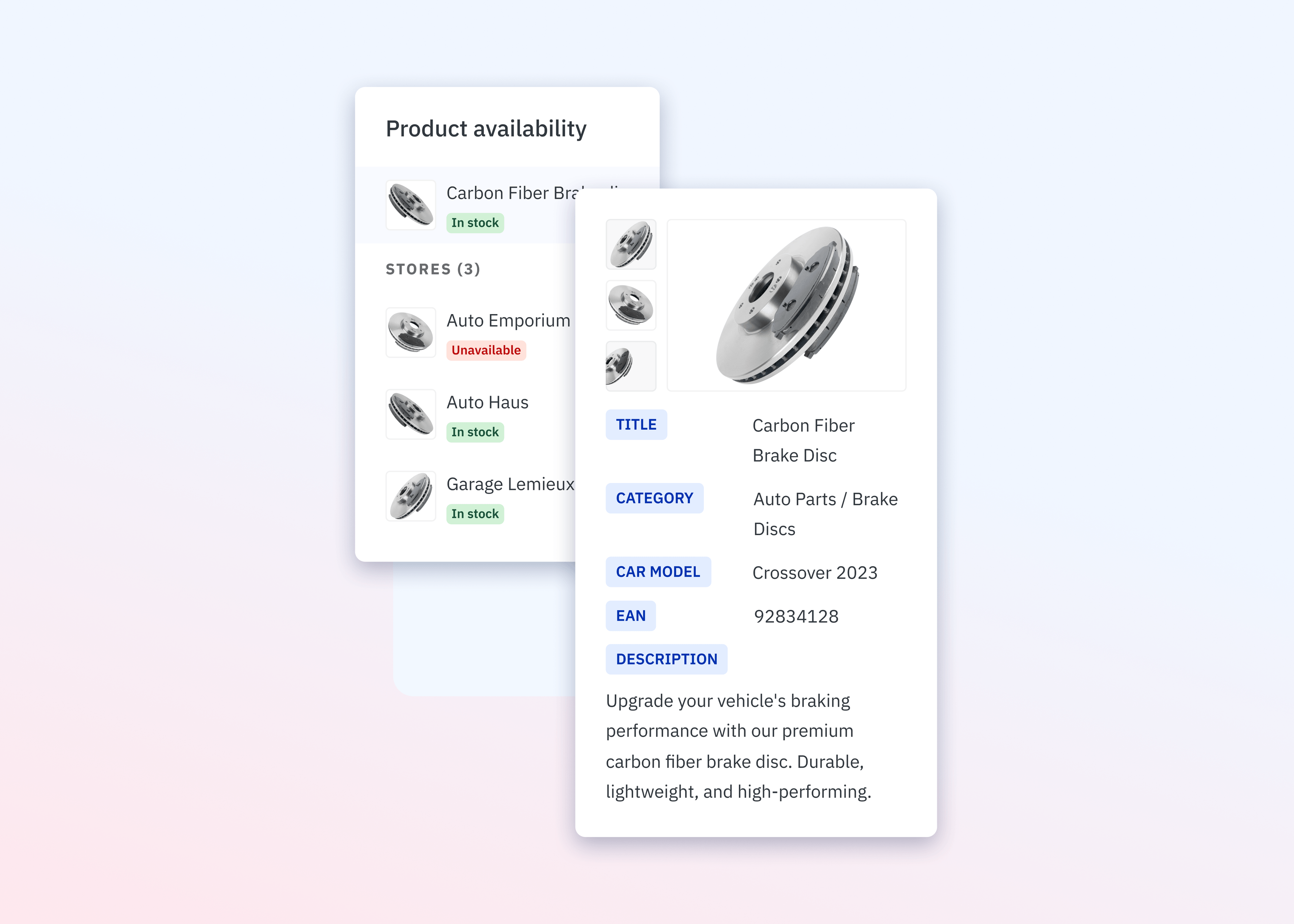5 reasons to digitize and automate your aftermarket operations

The aftermarket industry represents an untapped opportunity for manufacturers, offering profit margins up to 4X higher than new equipment sales.
Yet, despite the promise, many companies are missing out.
While an estimated 90% of organizations are currently undergoing digital transformation, McKinsey research reveals only 31% have captured their expected revenue lift, and just 25% have achieved anticipated cost savings.
These outdated, manual processes, channel conflicts and inefficient operations prevent manufacturers from unlocking the true value of their aftermarket business.
However, those embracing strategic digitization and automation can transform these pain points into competitive advantages, unlocking lucrative margins while simultaneously improving customer satisfaction.
Here are five compelling reasons why manufacturers should prioritize digitizing and automating their aftermarket operations.
1. Accelerate decision-making and reduce downtime
Traditional aftermarket operations rely heavily on manual processes that create significant bottlenecks and delays throughout the customer journey.
These inefficiencies are particularly problematic in today's fast-paced business environment, especially in industries where equipment downtime is costly and customer expectations for speed are high.
Manual data handling not only leads to costly errors but also creates missed opportunities for strategic upselling.
To solve this problem, manufacturers should focus on building a unified digital backbone that seamlessly connects all sales channels, inventory sources and back-office systems.
This integrated approach eliminates information silos and enables real-time data sharing across the entire organization.
For example, Airbus brought aircraft after‑sales onto one unified platform to consolidate its fragmented after-sales operations and provide customers a single, modern marketplace for purchasing aircraft parts and services.
Key benefits for manufacturers include:
Faster response times: Immediate access to pricing and availability for all parts and accessories, across all channels.
Improved customer experience: Customers have consistent, accurate information across all touchpoints, and faster spare part delivery, leading to less downtime.
Data-driven insights: Better visibility into customer patterns and inventory optimization opportunities.
2. Create new revenue streams through predictive maintenance
Traditional aftermarket business models primarily focus on selling parts after equipment failure has occurred.
This reactive approach is both costly and unpredictable for customers, while also limiting manufacturers to transactional relationships that miss opportunities to build ongoing service partnerships.
AI-powered predictive maintenance and inventory forecasting represent a transformative solution that shifts the focus from reactive repairs to proactive maintenance.
By leveraging data analytics and machine learning to predict when equipment will require maintenance, manufacturers can offer value-added services that prevent downtime rather than react to it.
For example, Parts Town launched an AI-powered tool called PartPredictor that uses data from millions of successful repairs to help service companies and technicians accurately and quickly identify the right original equipment manufacturer (OEM) parts for needed repairs.
Key benefits of predictive maintenance include:
A proactive business model: Shift from reactively selling parts to actively selling uptime.
Value-based pricing: Price services based on downtime prevented rather than parts sold.
Competitive differentiation: Stand out from competitors through innovative value-added services.
3. Expand market reach without channel conflict
Many manufacturers hesitate to develop direct customer relationships due to fears of bypassing distributors and creating channel conflicts.
This fear prevents them from accessing valuable direct customer data that could enhance personalization efforts and identify upselling opportunities.
On the other hand, manufacturers using digital platforms — and inviting their distributors to participate as strategic partners — can expand their market reach without damaging the strong relationships they have with those distributors. Rather than creating cannibalization, these platforms enable collaboration that benefits all parties involved.
For example, Toyota Material Handling grew online sales 220% YoY and delivered 70% new customers by enabling distributor fulfillment on its website.
Key benefits of this collaborative approach include:
Market expansion: Grow the total market rather than simply redistributing existing sales.
Building strong relationships: Maintain strong distributor partnerships while building direct customer connections.
Customer segment access: Reach new customer segments through a unified platform approach.
4. Capture recurring revenue
Traditional parts sales are inherently transactional and unpredictable, making it difficult to forecast revenue and plan for growth.
This model offers limited visibility into customer usage patterns and future needs, making it challenging to build long-term customer loyalty and retention.
Centralized digital platforms for aftermarket services enable manufacturers to transform these transactional relationships into ongoing partnerships.
By creating integrated service offerings that deliver continuous value, manufacturers can establish predictable, recurring revenue streams, thereby improving financial stability and enhancing growth potential.
This transformation creates predictable, recurring revenue streams from client operational expenditures, fundamentally changing the financial dynamics of the aftermarket business.
Key benefits include:
Relationship transformation: Convert transactional interactions into ongoing partnerships.
Increased lifetime value: Maximize the total value derived from each customer relationship.
Competitive advantages: Build sustainable competitive advantages through integrated service offerings.
5. Scale operations and improve efficiency
Manual processes create significant limitations on scalability, requiring proportional increases in staff to handle growing volume.
These processes are also prone to human error in order processing and inventory management, leading to inconsistent service quality across different locations and teams.
Additionally, manual operations typically cannot provide the 24/7 customer support that modern customers expect.
Automated workflows, digital marketplaces and integrated systems address these challenges by enabling organizations to handle increased volume without proportional staff increases.
These solutions reduce human error, ensure consistent service quality and enable round-the-clock customer support capabilities.
Key benefits of automation include:
Scalable growth: Handle increased volume without proportional staff increases.
Error reduction: Minimize human error in order processing and inventory management.
Enhanced availability: Enable 24/7 customer service capabilities that meet modern expectations.
Overcoming implementation challenges
While the benefits of digitization and automation are clear, successful implementation requires careful attention to not contradicting several key implementation challenges, including:
Integration with existing tech stack: Choose scalable platforms, such as Mirakl, that are compatible with existing legacy systems to ensure smooth transitions and minimize disruption.
Change management: Prioritize cross-functional buy-in and comprehensive training to ensure all team members can effectively leverage new digital tools.
Data quality: Invest in clean, standardized data migration to ensure that digital systems have accurate information from day one.
Distributor relations: Create clear rules of engagement and compelling value propositions that demonstrate how digital transformation benefits all channel partners.
Learn more about digitizing and automating your aftermarket operations
Digitization and automation represent far more than simple technology upgrades — they fundamentally transform how manufacturers engage with the after-sales opportunity.
The time to act is now.
Companies that delay digital transformation risk falling behind competitors who are already capturing the substantial benefits of automated aftermarket operations.
Learn how Toyota Material Handling transformed aftermarket sales through digital innovation.



